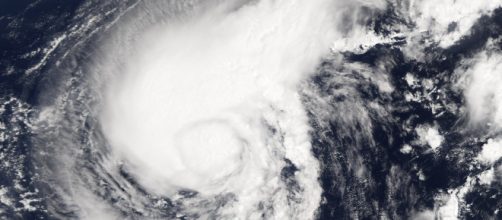One of the stories of heroism that will likely emerge from Harvey is how NASA employees helped to keep the support of the international space station going with a skeleton crew at Mission Control at the Johnson Spaceflight Center, according to Ars Technica. Also, the temperature and vacuum test of the James Webb Space Telescope had to continue, as the old cliché states, come hell or high water. The problem has not been finding enough people to come to work, but rather keeping most of the JSC workforce away out of a sense of the danger of the floods.
Mission Control rides out the storm
During previous storms, such as Hurricane Ike, NASA has been able to keep Mission Control functions going remotely with people using laptops. Also, the Marshall Spaceflight Center in Huntsville Alabama has a backup Mission Control Center if JSC is down for any generous amount of time.
NASA choose to keep Mission Control in Houston going for the period of the flooding caused by Harvey. A dedicated team of flight controllers have been living at JSC and have not seen their homes or families in days. Some of them have sustained substantial damage to their homes as a result of Harvey, but have chosen to remain at their posts anyway.
Keeping the James Webb Space Telescope safe
Another team is conducting a 100-day cryogenic test of most of the James Webb Space Telescope at JSC’s vacuum chamber. The idea is to make sure that the delicate parts of the JWST can withstand the vacuum and cold of space before shipping it off to be assembled and launched by an Ariane V rocket.
The test has to continue no matter what if the often delayed and more expensive than once thought telescope is to meet its October 2018 launch date, The team also has to protect the telescope from damage by Harvey.
Welcome to Houston new astronauts
One of the interesting sidelights of the Harvey experience where NASA is concerned is that the newly minted astronaut class of 2017, some of whom will likely go to the moon and perhaps even Mars, moved to Houston to begin their training just in time to undergo survival training of a different sort.
Since Apollo, astronauts have undergone training to survive in a variety of environments, from arid deserts to tropical rain forests. The theory is that if a spacecraft returning to Earth were to go off course and land in some remote part of the world, astronaut survival training would be of some use until help can arrive. The training is also a great team building exercise. In any case, the new astronauts are getting an unexpected crash course into how to survive torrential rains and flooding in an urban environment.


